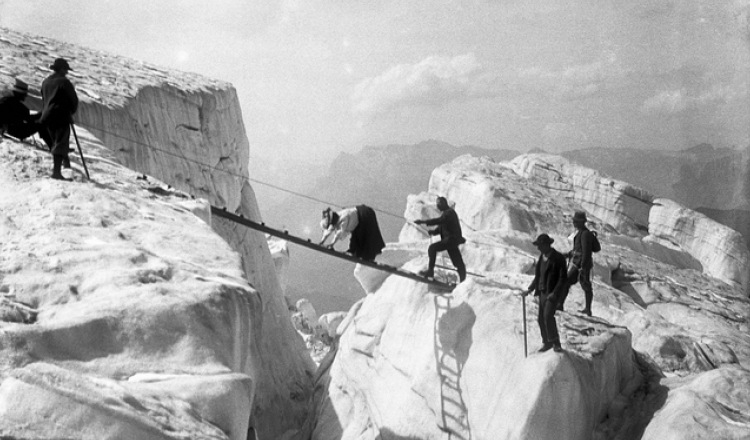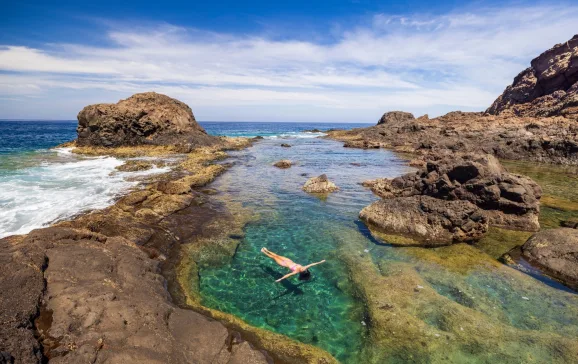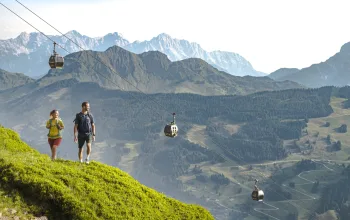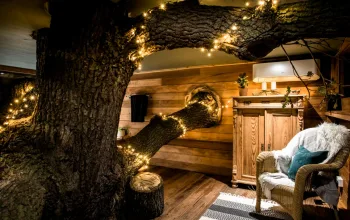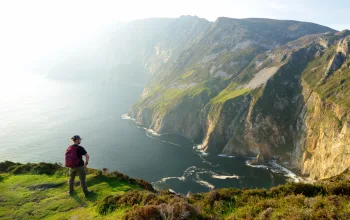These are the world’s first real active travellers, the Victorians, here hiking across the slopes of Mont Blanc during what was to be a ‘Golden Era’ of climbing and exploration in the Alps between the years of 1854 and 1865.
Now, starting this summer and through next year, Chamonix Mont-Blanc will be celebrating the 150th anniversary of 1865, the year where this Golden Age of mountaineering reached its climax.
During this era, the French village of Chamonix, in the Haute Savoie, found itself at the heart of a new movement for adventurous tourism, with middle and upper-class Englishmen flocking to the Alps to ‘conquer’ every summit in Europe’s highest mountains.
Back in England, domestic tourism was booming, with newly moneyed classes of city-dwellers flooding to the resort towns in the English hills and on its coast, desperate to escape the crowds and pollution of industrial city life.
The British Empire was in full swing and train travel was opening up the country – and Europe – to the masses. For example, the seaside north Devon resort of Ilfracombe alone would see some 17,000 plus tourists come down by train just for a summer weekend of bathing and promenading in the resort.
The Alps became the ‘playground of Europe’ for a well-heeled mountaineering elite and a service industry of local expertise developed of invaluable Swiss and Savoyard guides. Meanwhile, back in London, the world’s first mountaineering club, the Alpine Club, opened its doors in 1857.
With typical Victorian vigour and determination, in 1865 alone, 58 first ascents were recorded across the Alps and seven in the Mont-Blanc Massif, including the Aiguille Verte, the Grandes Jorasses and the remarkable Brenva Spur on Mont-Blanc.
It finally took a terrible accident on the Matterhorn on 14th July, where three English climbers and their Chamonix guide, Michel Croz, died, to calm the mountaineering fervour.
For the 150th Anniversary programme of exhibitions, memorial climbs, events, and more, see 1865.chamonix.fr


